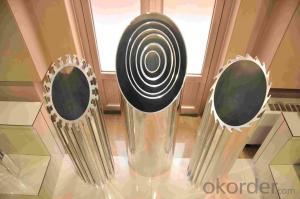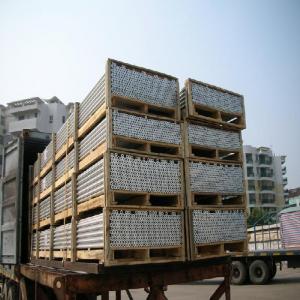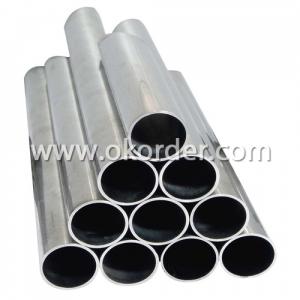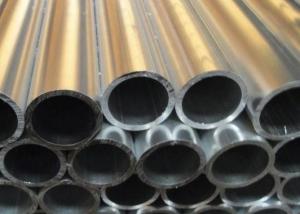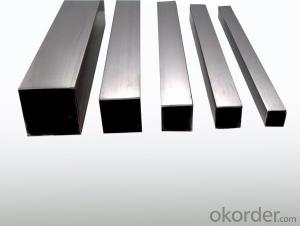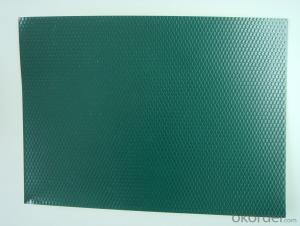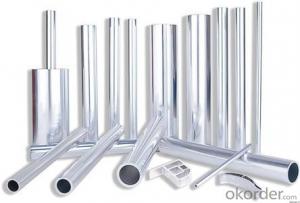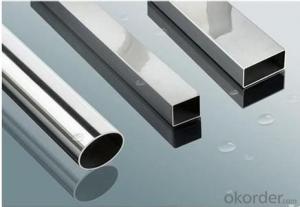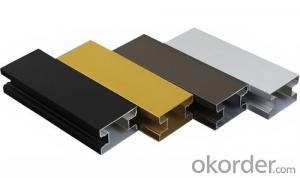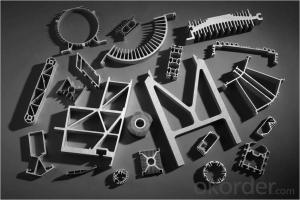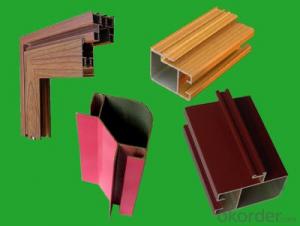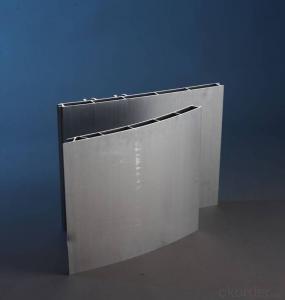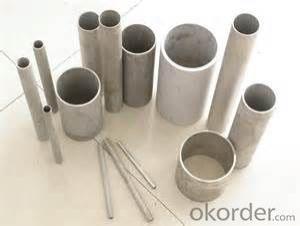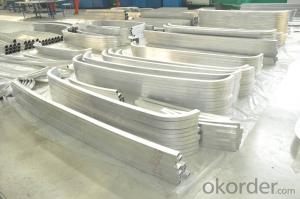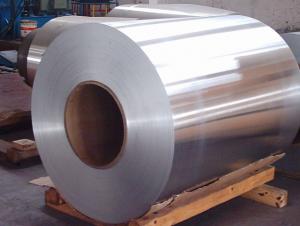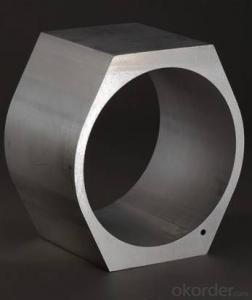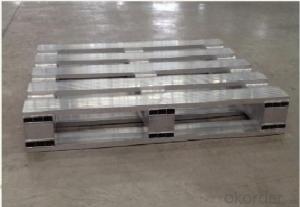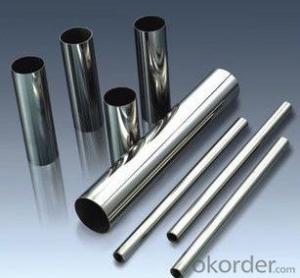Aluminum Wheel Profiles Pipes
OKorder Service Pledge
OKorder Financial Service
You Might Also Like
We are the largest aluminum profilemanufacture in
Material | Alloy Aluminum 6063,6061,6005,6082 or customer nominated |
Temper | T3, T4, T5, T6 and other |
Surface | Anodize, electrophoresis, powder coating, PVDF coating, etc. |
Colour | Any colour based on Standard Germany RAL Mark |
Length | Not more than 16 meters |
Good Package | Inner plastic film /outside carton/wooden pallets |
Payment Method | T/T, L/C, etc |
Delivery Time | Normally 2-4 weeks, Delivery time can be consulted. |
Press Machine | 500-12500 tons all together 93 press lines. |
Fabrication | 1. Furniture, 2. Drilling; 3. Bending; 4. Cutting; 5. etc. |
Certificate | ISO/TS 16949,DNV,IRIS,CCS,AFA,etc. |
Dies | 1. Using our dies, no fee; |
2. Using customer drawing, opening dies, usually about 5~50 tons then the dies cost can be refunded. | |
3. Die cost is negotiable base on the order quantity | |
Capability | Annual output 800,000 tons |
- Q: How do aluminum pipes compare to copper pipes?
- Aluminum pipes are generally less expensive and lighter than copper pipes, making them a cost-effective option for various applications. However, copper pipes have better corrosion resistance and can handle higher pressure and temperature, making them more suitable for certain industries and plumbing systems. Ultimately, the choice between aluminum and copper pipes depends on the specific requirements of the project and the trade-offs one is willing to make.
- Q: Six meters long, three hundred and sixty-five round, ten cm thick, aluminum pipe useful to do?
- Pipe is widely used. Pipes are used in many industries.Different industries have different characteristics of the industry, and thus have different technical requirements.Pipe is a relatively mature product, each industry has the corresponding technical standards.Detect pipe material, according to the application of pipe industry, select the corresponding product standards, according to the industry needs to detect the corresponding technical indicators.
- Q: Are aluminum pipes affected by exposure to industrial solvents?
- Yes, aluminum pipes can be affected by exposure to industrial solvents. While aluminum is generally considered to be a corrosion-resistant metal, certain industrial solvents can cause degradation or damage to aluminum surfaces. Solvents such as strong acids, alkalis, or chlorinated solvents can react with aluminum and result in corrosion or erosion of the pipe material. It is important to carefully select the appropriate materials for specific solvent applications to ensure compatibility and prevent any adverse effects on the aluminum pipes.
- Q: Are aluminum pipes suitable for potable water tanks?
- Yes, aluminum pipes are suitable for potable water tanks. Aluminum is a lightweight and corrosion-resistant material, making it an excellent choice for water tanks that are used for storing drinking water. Aluminum pipes are also known for their durability and long lifespan, which ensures that the water tank remains in good condition for an extended period. Additionally, aluminum is non-toxic and does not leach harmful substances into the water, making it safe for potable water storage. However, it is essential to ensure that the aluminum pipes are properly coated or lined to prevent any potential reactions between the metal and water, which could affect the water quality.
- Q: Can aluminum pipes be used for irrigation pivot systems?
- Yes, aluminum pipes can be used for irrigation pivot systems. Aluminum pipes are lightweight, durable, and resistant to corrosion, making them an excellent choice for irrigation systems that require flexibility and longevity. Additionally, aluminum pipes have good heat conductivity, which can help maintain optimal temperature for irrigation water.
- Q: What is the difference between aluminium pipe and aluminium alloy pipe?
- According to the precision points: ordinary aluminum tube and precision aluminum tube, in which the precision aluminum tube generally needs to be processed after extrusion, such as cold drawn, fine pumping, rolling...
- Q: Is the cold storage iron tube good or the aluminum tube good?
- The advantages of multi row steel aluminum parallelism of aluminum heat exchange faster than steel refrigeration so faster and almost cost steel row because aluminum does not rust so late without steel row do antirusting maintenance
- Q: Can aluminum pipes be used for irrigation sprinkler systems?
- Yes, aluminum pipes can be used for irrigation sprinkler systems. Aluminum pipes are lightweight, durable, and resistant to corrosion, making them suitable for use in irrigation systems. Additionally, they are easy to install and maintain, making them a popular choice for many agricultural and landscaping applications.
- Q: Do aluminum pipes have any specific limitations in terms of length?
- Yes, aluminum pipes do have specific limitations in terms of length. The maximum length of an aluminum pipe is determined by factors such as its diameter, thickness, and the application it is being used for. Excessive length can cause the pipe to bend or sag, leading to structural instability or reduced performance. Therefore, it is important to consider these limitations and ensure proper support or reinforcement when using aluminum pipes in longer lengths.
- Q: Are aluminum pipes suitable for drinking water applications?
- Indeed, aluminum pipes are well-suited for drinking water purposes. With its lightweight, durable, and corrosion-resistant properties, aluminum emerges as an exceptional option for piping systems. Moreover, it is non-toxic and does not release any detrimental substances into the water. Furthermore, the smooth surface of aluminum pipes minimizes the buildup of bacteria and impurities. Nevertheless, it is crucial to verify that the aluminum pipes utilized for drinking water applications adhere to the appropriate industry standards and regulations to ensure their safety and quality.
Send your message to us
Aluminum Wheel Profiles Pipes
OKorder Service Pledge
OKorder Financial Service
Similar products
Hot products
Hot Searches
Related keywords
